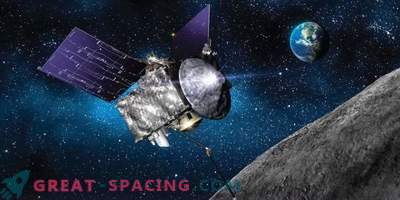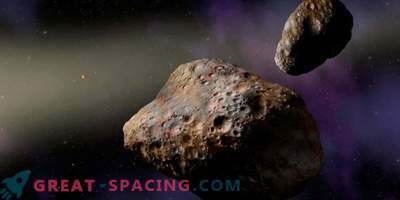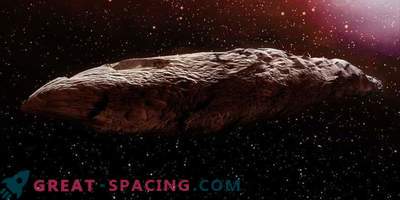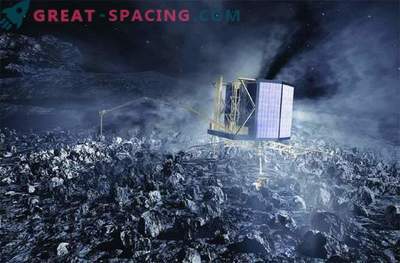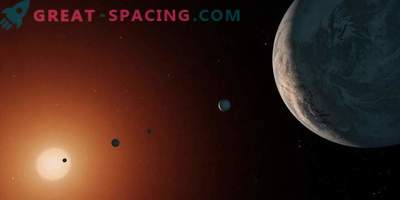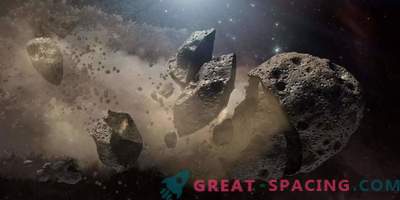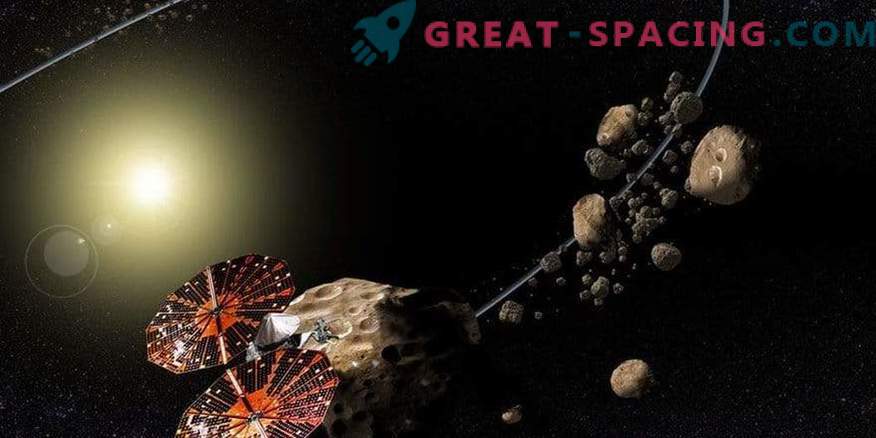
Artistic vision of Lucy’s mission to Trojan asteroids
Just over 4 billion years ago, the planets of the solar system were forced to divide the territory with a huge number of small stony and icy celestial bodies orbiting the sun. We are talking about the last remnants of planetesimals - the primitive building blocks that form the planets. Most of these objects descended from the usual orbits due to the influence of the giant planets. They retreated to the remote outer borders of the solar system or were outside. However, certain “lucky ones” managed to linger, succumbing to the influence of Jupiter and the Sun. For billions of years, they remain untouched on their territory.
Interestingly, about 4 million years ago, the ancient ancestor of modern people wandered through the lands that later would turn into Ethiopia. 34 years ago, Donald Johanson discovered the fossilized skeleton of this creature, which was named Lucy. After 3 years, a spacecraft called Lucy (Lucy), inspired by the famous fossil, will begin an exploration that will allow to understand the early history of the solar system.
NASA's Lucy mission will fly through 6 captured planetesimals - Jupiter's Trojan asteroids, allowing humanity to first look at these ancient celestial bodies. By studying the fossils of the planet formation period, the mission will help to get as much information as possible about the development of the system, just like the Lucy fossil allowed us to study human evolution. On the way to the Trojans, Lucy will fly past an asteroid named after Donald Johanson. Trojan asteroids rotate around the Sun synchronously with Jupiter, keeping near one of the two gravitationally stable points of Lagrange (L4 and L5), located at the top of an equilateral triangle with Jupiter and the Sun in space.
Observations from the Earth allowed us to classify Trojan asteroids using subtle differences in color and likely composition. However, researchers want to understand the physical basis of observations. Lucy will provide the best base for understanding the nature of objects. Visiting 6 Trojan asteroids, including the main types (two are represented by a double system), the device will receive extensive information about the celestial bodies representing the original planetary disk of the Solar System.
Trojan asteroids are distinguished by their dark color, because they reflect only 4-5% of light. It remains a mystery process or substance that darkens Trojans. Objects may be endowed with organic compounds on surfaces. If organic matter is found on many Trojan asteroids, then it can be argued that the building blocks of life were spread throughout the entire early solar system.
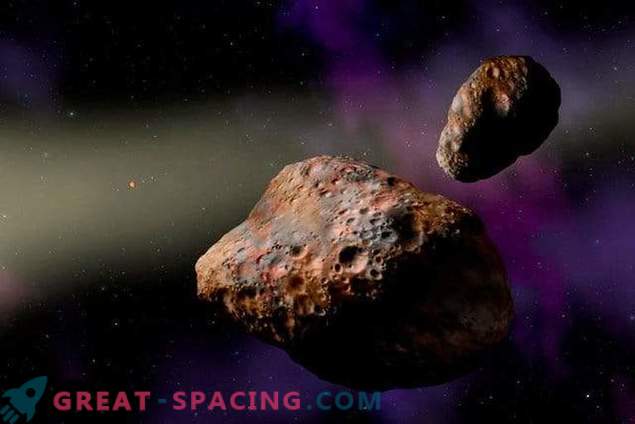
Scientists have found the double asteroid Patroclus, arguing that at the beginning of the history of the solar system there was a serious jolt of giant planets during the first 100 million years.
Some of the processes that pulled the Trojans into their current orbits sent others away from the Sun. Now we call this territory the Kuiper Belt - the icy region beyond the orbit of Neptune, where Pluto and other dwarf planets also reside. The Lucy mission will be equipped with 4 instruments: a multi-color thermal imager L'Ralph, a spectrograph LEISA, a high-resolution camera L'LORRI and an instrument for measuring the temperature on the surface of L'TES. In addition, the spacecraft will be endowed with radio communications and a system for collecting target data. During the mission, they plan to analyze the composition of the surface of the Trojans in order to find the presence of various silicates, ices and organic substances. The general public will be able to admire the photo in high resolution.
Lucy plan to launch in October 2021. In addition, this ship must visit more objects in different orbits around the Sun than any other mission before.
